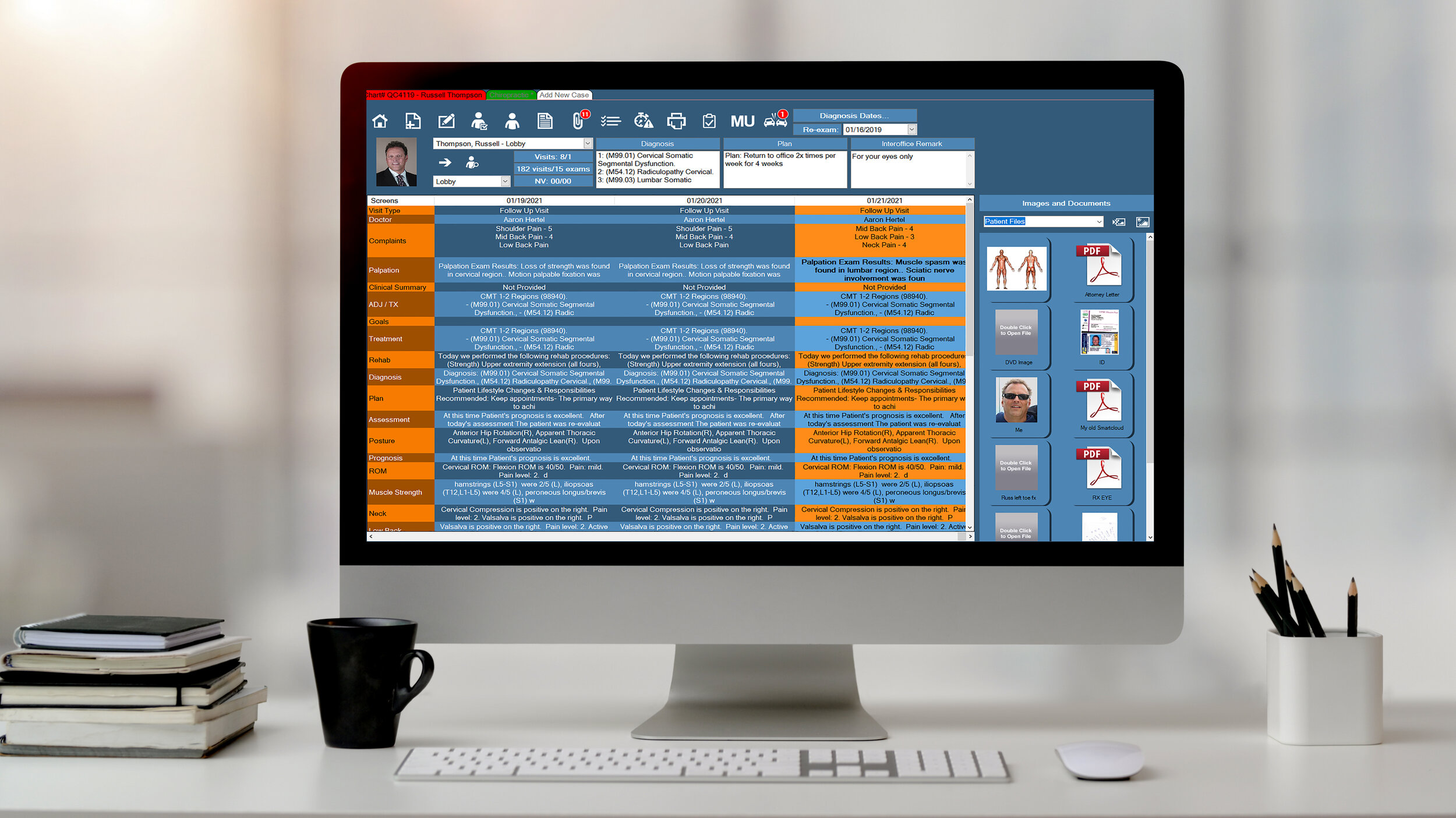The integration of an Electronic Health Record (EHR) system into a chiropractic practice is a significant step towards modernizing and streamlining healthcare delivery. However, setting up an EHR system and integrating it effectively can be a daunting task for many practitioners. This step-by-step guide aims to simplify the process of integrating an EHR into a chiropractic practice, ensuring a smooth transition and effective utilization of this transformative technology.

Step 1: Assessing Your Practice’s Needs
Before diving into the world of EHRs, it’s crucial to understand the specific needs of your chiropractic practice. This involves evaluating your current workflow, identifying the areas that need improvement, and determining the features you require in an EHR system. Consider factors such as the size of your practice, the volume of patients, and the specific types of treatments you offer. This initial assessment will guide you in choosing an EHR system that aligns with your practice’s unique requirements.
Step 2: Choosing the Right EHR System
With a clear understanding of your needs, the next step is selecting an EHR system that best fits your practice. Look for systems that are specifically designed for chiropractic care, as they will include features tailored to your specialty. Key considerations should include ease of use, customization options, interoperability with other systems, and compliance with healthcare regulations. It’s also wise to seek recommendations from other chiropractic professionals and read reviews to gauge the effectiveness of different EHR systems.

Step 3: Planning the Integration Process
Once you have chosen an EHR system, the next step is planning the integration process. This involves setting a realistic timeline for the transition, allocating resources, and appointing a team or individual to oversee the implementation. It’s important to involve your staff in this process, as they will be the primary users of the EHR system. Provide training sessions to familiarize them with the new system and address any concerns they might have. The biggest mistake offices
make is not reducing scheduled hours during the onboarding. It is not realistic to expect the office to run at peak efficiency and not adapting scheduling behaviors is a common, self-inflicted wound.
Step 4: Data Migration and System Customization
Data migration is a critical step in setting up your EHR system. This involves transferring existing patient records and other relevant data into the new system. Ensure that the data migration process is secure and compliant with privacy regulations. After migrating the data, customize the EHR system to fit your practice’s workflow. This might include setting up templates for patient notes, customizing treatment plans, and configuring the scheduling system.
Step 5: Testing and Troubleshooting
Before fully implementing the EHR system, it’s essential to conduct thorough testing. This helps identify any issues or glitches that need to be addressed. Encourage your staff to use the system in a controlled environment and provide feedback. Address any technical issues promptly and make necessary adjustments to the system settings to ensure it operates smoothly.
Step 6: Going Live and Ongoing Support
After testing and final adjustments, it’s time to go live with your new EHR system. During the initial phase of implementation, provide continuous support to your staff to help them adapt to the new system. Monitor the system’s performance closely and be prepared to make quick fixes as needed. Additionally, establish a relationship with your EHR vendor for ongoing support and updates.
Step 7: Continuous Evaluation and Improvement
The final step in integrating an EHR into your chiropractic practice is continuous evaluation and improvement. Regularly assess how the EHR system is impacting your practice’s efficiency and patient care. Gather feedback from your staff and patients, and be open to making changes to optimize the system’s functionality. Stay informed about new features and updates that could further enhance your practice’s performance.
In conclusion, integrating an EHR system into a chiropractic practice requires careful planning, selection, and implementation. By following these steps to integrating an EHR, chiropractic practices can ensure a successful transition to a more efficient and effective digital health record system. A well-implemented EHR system not only streamlines administrative tasks but also enhances patient care, making it an invaluable asset for any modern chiropractic practice.
Empower your practice! Get a Free Trial Today!
Experience the power of a personalized demo with our expert software developer. Discover how Quick Charts can revolutionize your chiropractic practice with its seamless integration of cutting-edge technology. From simplified patient management to advanced analytics, our software empowers you to take your practice to new heights. Don’t miss out on the opportunity to see firsthand how Quick Charts can transform your workflow and enhance patient care. Schedule your demo today.
Find out more about our Free Trial
"*" indicates required fields

